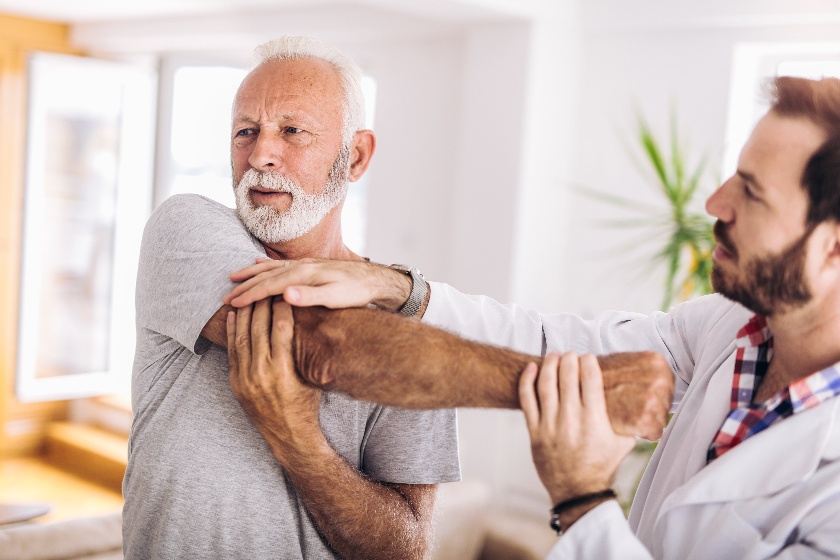Learn Common Sports Injuries and Effective Recovery Strategies aimed at Athletes
Wiki Article
Athletic injuries are common among athletes of every age groups and skill levels. These traumas can happen in various forms, including ligament injuries, strains, fractures, and tendon inflammation. Understanding the types of traumas that can happen during sports events is crucial for both prevention and care. Sprains, for instance, involve the stretching or rupturing of ligaments, which link skeletal structures at a joint. Muscle injuries, on the other hand, affect muscle tissues or tendons, which connect muscle tissues to skeletal structures. Recognizing these traumas early can assist athletes seek suitable care and come back to their sport more rapidly.
One of the frequently frequently observed injuries in sports is the ankle sprain. This trauma often occurs when an individual touches down awkwardly or rotates their ankle during a match. Symptoms of an ankle ligament injury include pain, inflammation, and difficulty moving. Immediate treatment typically involves the R.I.C.E. method, which represents for Rest, Cooling, Compression, and Lifting. This approach aids reduce swelling and discomfort. In more serious cases, rehabilitative therapy may be required to restore power and flexibility to the foot before returning to sports.
Another common trauma is a muscle injury, which can happen in all sport that demands sudden actions or heavy weight-bearing. Athletes may suffer a muscle strain when they extend a muscle too much or when they exert too great force. Symptoms include acute pain, inflammation, and muscular spasms. Rehabilitation for muscular strains often entails gentle flexibility exercises and strengthening workouts. Gradually raising activity levels is vital to prevent re-injury. Sportspeople should work tightly with a physical specialist to create a safe and efficient recovery plan.
Tendonitis is another trauma that can affect athletes, particularly those who engage in repetitive movements, such as joggers or aquatic athletes. This issue occurs when a tendon, which connects muscle to skeletal structure, becomes swollen. Frequent areas affected by tendonitis include the elbow, upper arm, and leg. Signs often include discomfort and stiffness, especially during movement. Treatment for tendon inflammation usually includes recovery, cooling, and pain-relief medications. In some cases, rehabilitative treatment may be recommended to improve flexibility and power in the injured region.
Preventing sports traumas is just get more as crucial as addressing them. Athletes can reduce their chance of trauma by heating up properly before activities, using the appropriate gear, and maintaining good physical shape. Power training and flexibility exercises can assist prepare the physique for the requirements of sports. Additionally, athletes should listen to their physical condition and allow breaks when needed. By understanding frequent athletic injuries and implementing efficient recovery strategies, athletes can stay fit and participate in their favorite sports for years to follow.
